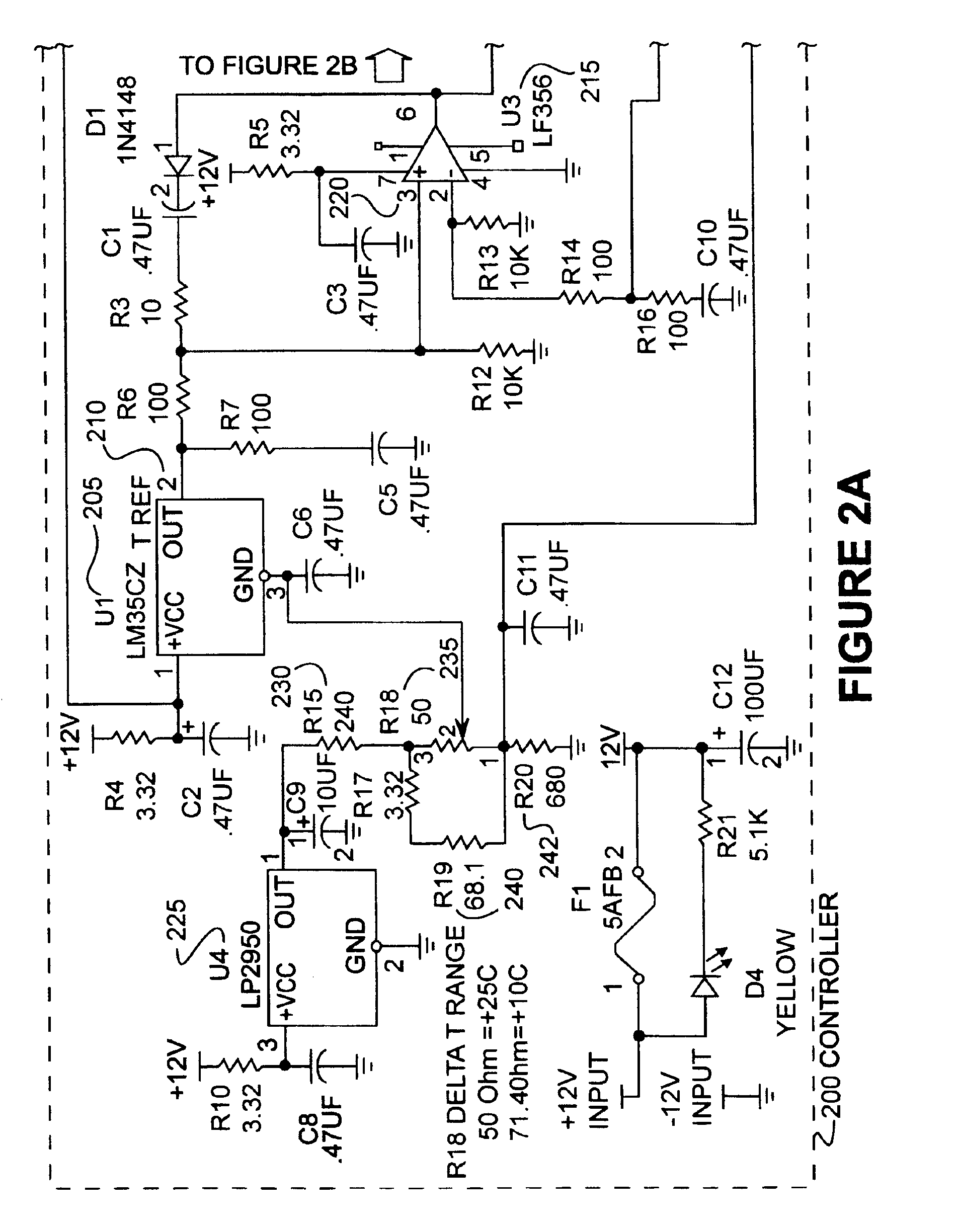Thermal condensate reducer for optical devices
a technology of condensate reducer and optical device, which is applied in the direction of material thermal analysis, instruments, mountings, etc., can solve the problems of most detrimental and common forms of particulate contamination, and achieve the effects of reducing thermal distortion, reducing condensation, and being convenient to us
- Summary
- Abstract
- Description
- Claims
- Application Information
AI Technical Summary
Benefits of technology
Problems solved by technology
Method used
Image
Examples
Embodiment Construction
FIG. 1 is a block diagram illustrating the general concepts of at least one embodiment of the present invention. One embodiment disclosed herein has a resistive heater element is in contact with the optical components that are subject to condensation although any manner of transmitting heat can be used including radiative methods such as irradiation. Also in thermal contact with this optical component, is a solid-state precision temperature sensor. In addition, there is a matching solid-state precision temperature in thermal contact with the ambient air, but thermally isolated from the optical element. Signals from these two sensors are applied to a comparator which generates a data signal when the optical temperature sensor is measuring an optical component temperature that is less than the ambient or reference temperature. This data signal is used to activate a solid-state power switch that applies a voltage to a resistive heating element. An offset may also be applied to the refe...
PUM
 Login to View More
Login to View More Abstract
Description
Claims
Application Information
 Login to View More
Login to View More - R&D
- Intellectual Property
- Life Sciences
- Materials
- Tech Scout
- Unparalleled Data Quality
- Higher Quality Content
- 60% Fewer Hallucinations
Browse by: Latest US Patents, China's latest patents, Technical Efficacy Thesaurus, Application Domain, Technology Topic, Popular Technical Reports.
© 2025 PatSnap. All rights reserved.Legal|Privacy policy|Modern Slavery Act Transparency Statement|Sitemap|About US| Contact US: help@patsnap.com



